Dead mink are rising from their graves in Denmark after a rushed cull over fears of a coronavirus mutation led to thousands being slaughtered and buried in shallow pits – from which some are now emerging.
“As the bodies decay, gases can be formed,” Thomas Kristensen, a national police spokesman, told the state broadcaster DR. “This causes the whole thing to expand a little. In this way, in the worst cases, the mink get pushed out of the ground.”
Police in West Jutland, where several thousand mink were buried in a mass grave on a military training field, have tried to counter the macabre phenomenon by shovelling extra soil on top of the corpses, which are in a 1 metre-deep trench.
“This is a natural process,” Kristensen said. “Unfortunately, one metre of soil is not just one metre of soil –it depends on what type of soil it is. The problem is that the sandy soil in West Jutland is too light. So we have had to lay more soil on top.”
Adding to the popular concern, local media reported that the animals may also have been buried too close to lakes and underground water reserves, prompting fears of possible contamination of ground and drinking water supplies.
“It seems like no one really knows the consequences of this,” Susan Münster of the Danish water board told Jyllands Posten. “I must confess I find it worrying.” At least two local mayors had demanded the mink be dug up and incinerated, Münster said.
One local politician, Leif Brogger, told the newspaper: “The authorities are playing with our environment, and using it as a dumping ground.”
Photos and videos of the emerging bodies have set social media buzzing in Denmark, with one Twitter user calling 2020 “the year of the zombie mutant killer mink” and another calling on the population to “run … The mink are coming for you.”
The Danish environment ministry said the phenomenon was a “temporary problem tied to the decaying process”, adding that the area would be monitored 24 hours a day until a fence is put up “to avoid potential problems for animals and humans”.
Danish Covid mink variant ‘very likely extinct’, but controversial cull continues
Read more
Kristensen said there was only a small risk to humans from the decomposing bodies, which are disinfected and covered with lime before being buried, because the virus was transmitted mainly by live mink exhaling it into the air.
It was possible, however, that “small quantities of bacteria may still be trapped in their fur”, he said, adding that it was “never healthy to get close to dead animals, so therefore this is of course something to stay away from”.
Denmark, the world’s largest exporter of mink fur, announced in early November it would cull the country’s more than 15 million mink after discovering a mutated version of the virus that could have jeopardised the effectiveness of future vaccines.
Two weeks later, and in the midst of a political crisis over the legality of its decree, the government concluded that the threat to human vaccines had “very likely been extinguished” in the absence of any further cases of the mutated version.
The country’s mink farmers have so far culled more than 10 million mink, according to the latest tally.














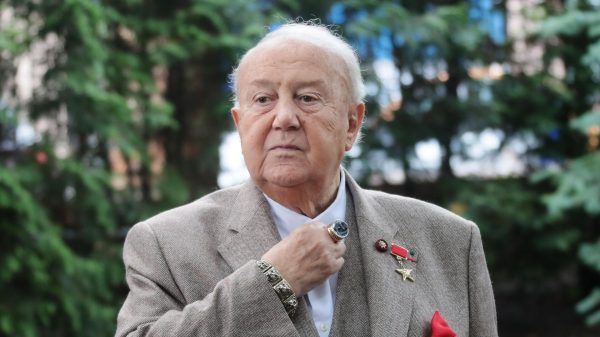

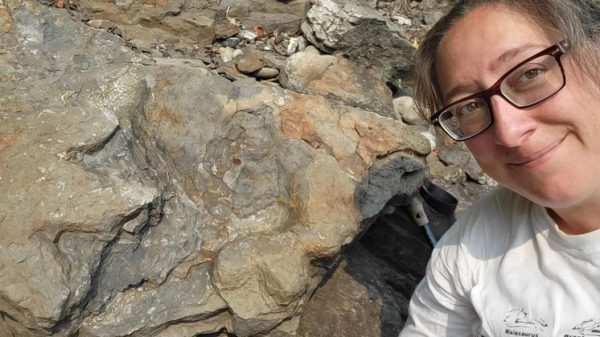
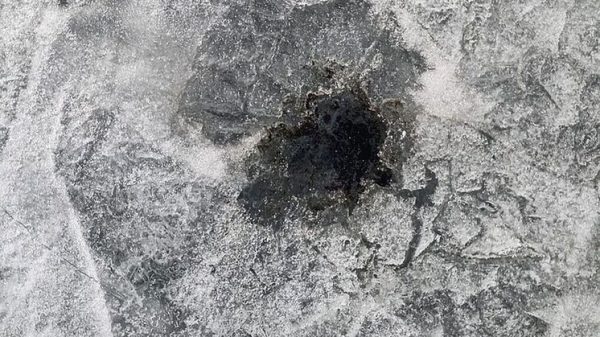


















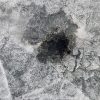













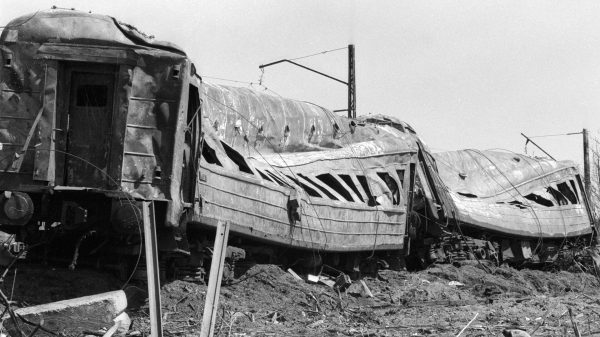

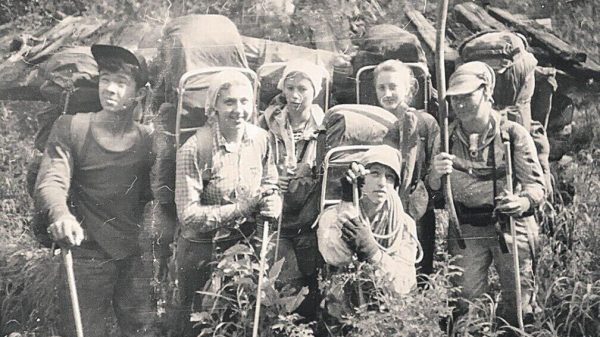
Свежие комментарии